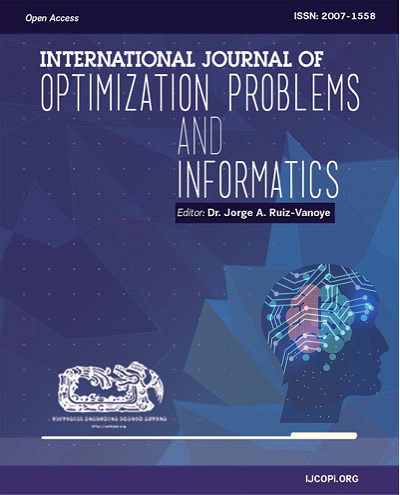Comparative Evaluation and Utilization of Convolutional Neural Network Architectures for Irish Sign Language Recognition
DOI:
https://doi.org/10.61467/2007.1558.2025.v16i1.550Keywords:
Irish Sign Language, Artificial neural network, sign language recognitionAbstract
Irish Sign Language (ISL) stands as a preferred mode of communication used by the deaf and hard-of-hearing community in Ireland. With its unique grammar, syntax, and lexicon, ISL plays a pivotal role in facilitating communication for thousands of individuals, reflecting centuries of cultural heritage and linguistic development. An estimated 5,000 Deaf individuals utilize ISL, with an additional 40,000 hearing individuals, spanning from regular to occasional users, also engaging with Irish Sign Language. Despite its cultural and linguistic importance, ISL faces numerous challenges in terms of technical accessibility. The exclusion of sign languages from modern language technologies places the deaf or hard-of-hearing individuals at a disadvantage, exacerbating the barrier to human-to-human communication and further marginalizing an already under-resourced linguistic subset. This necessitates innovative approaches and technologies to enhance its utilization and promote inclusivity. This research is concerned with evaluating the performance of various deep neural network architectures in the recognition of sign language by utilizing and evaluating state-of-the-art architectures for the recognition of sign language, in particular Irish Sign Language. This research is part of research progress towards the development of an automatic computational annotation system for Irish Sign Language. Notably, the Densenet architecture performed better than other architectures in ISL alphabet recognition with an average accuracy of 99\%. Our findings illustrate the potential of sophisticated deep neural networks to overcome constraints relating to the scarcity of ISL-specific data. This contribution provides the potential to further develop natural language processing tools and technologies for Irish Sign Language, which may alleviate the lack of technical communicative accessibility and inclusion for the deaf and hard-of-hearing community in Ireland.
Downloads
Published
How to Cite
Issue
Section
License
Copyright (c) 2025 International Journal of Combinatorial Optimization Problems and Informatics

This work is licensed under a Creative Commons Attribution-NonCommercial-NoDerivatives 4.0 International License.





